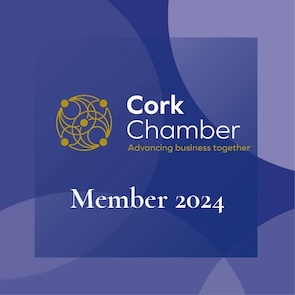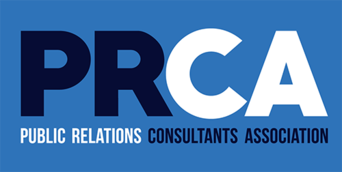Embracing the Rule of Three in Communications
The Theory
Corporate communication is not typically something that is associated with rhyme and rhythm, and yet, that is exactly what expert communicators are striving for when it comes to putting pen to paper (or characters to a Microsoft Word document).
Think of the greatest speech you have ever heard, the finest passage of writing you have ever read or the best advertising slogan that you have ever seen on a billboard. In almost any example you can think of, the origins of the message will be rooted in rhyme or rhythm. Communicators rely on writing principles and techniques such as repetition, cadence and sentence fragmentation to bring their work to life in the minds of their audiences.
However, one of the most powerful tools of all is one that has its roots in storytelling. The rule of three is a concept which dictates that ideas, items or arguments presented in threes are inherently more interesting, enjoyable and memorable for the recipients of a communication.
The Evidence
There is a school of thought which suggests that humans have been subconsciously programmed since childhood to consider things in threes. Think of children’s stories like Three Blind Mice, the Three Musketeers, and Goldilocks and the Three Bears. The reality is that three is the smallest number of anything required to create a rhythm or pattern. Three is also a far more attainable number when it comes to holding the attention of your audience or succinctly communicating a message.
When giving a keynote speech, it is easier to give people three key takeaways than ask them to remember nine different messages. Films rely on three acts to tell a story. In school, we are taught to introduce our argument in the opening of an essay, develop our points in the body and conclude with a summary. The rule of three is applicable to all forms of communication: the opening tells your audience what you are going to do, the middle presents what you said you would do, and the ending reinforces how you did it.
The rule of three is everywhere. Once you become aware of it, you can’t help but notice it. One of the finest examples of someone embracing the power of this communication technique was Steve Jobs. Look back at his presentations around new product launches by Apple. The use of three is evident time and time again, from launching three styles of iPhone at a time, to using “thinner, lighter, faster” in describing the newest iteration of the iPad in 2011. Steve Jobs understood power of condensing messages into their simplest form and communicating in a bitesize and memorable fashion.
The Key Takeaways
The rule of three ensures that your key points are communicated in a manner which is easily received, understood and, most importantly, remembered by your audience. It’s the reason why Barack Obama’s 2008 presidential campaign slogan “Yes, we can” resonated around the world. It’s why “Get Brexit Done” to “Unleash Britain’s Potential” was so effective when it came to mobilising the UK leave vote in 2016. It’s why the BLT is one of the most popular sandwiches in the world. The use of three gives rhythm to a phrase or slogan. It helps make the communication sing in the minds of an audience.
How do you apply this to your own corporate communications, be they internal or external? The fundamentals are clear. Focus on three key messages that you want your audience to take away and structure the communication around those. Divide your presentation into three distinct parts. Give three reasons why your audience should listen to what you are saying. Repeat them back and reinforce the message.
A well-crafted communication, which embraces this rule of three, can make the sender of the message appear more confident, informed and in turn enables audiences to view them as a trusted source of information.tIt also allows your audience to digest the information in a manner which does not overwhelm them, which after all, is the most important element of any successful communication.










